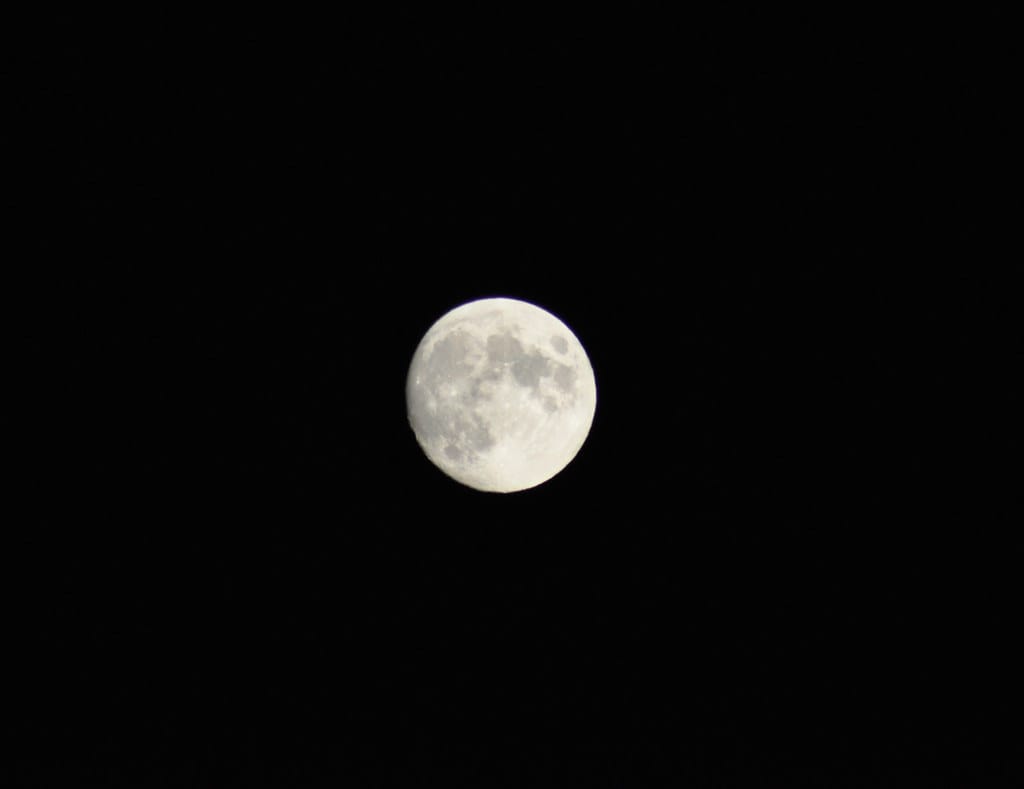Earth Has a New Cosmic Companion: Scientists Discover Hidden Quasi-Moon in Our Backyard
A celestial hitchhiker has been quietly tagging along with Earth for thousands of years, and astronomers have only just noticed. Meet 2023 FW13, a newly discovered quasi-moon that's been playing cosmic hide-and-seek in our planet's gravitational neighborhood, offering fresh insights into the dynamic dance of objects in our solar system.
What Makes This Discovery Special
Unlike our familiar Moon, which orbits Earth directly, quasi-moons follow a more complex orbital pattern. These fascinating objects orbit the Sun while remaining gravitationally influenced by Earth, creating a corkscrew-like path that keeps them relatively close to our planet for extended periods.
2023 FW13, measuring approximately 50-100 feet in diameter, was identified by astronomers using the Catalina Sky Survey in Arizona. What makes this discovery particularly intriguing is that preliminary orbital calculations suggest this space rock has been Earth's quasi-satellite for at least 2,000 years and may continue this relationship for another 1,500 years.
The Quasi-Moon Phenomenon Explained
Quasi-moons occupy a unique gravitational sweet spot. While they primarily orbit the Sun, Earth's gravitational influence creates a stable, horseshoe-shaped orbital pattern when viewed from our planet's reference frame. This cosmic choreography means the quasi-moon appears to orbit Earth from our perspective, even though it's technically in solar orbit.
"Think of it like a dance partner who stays close but follows their own rhythm," explains Dr. Sarah Martinez, a planetary astronomer at the University of Arizona. "The quasi-moon maintains its solar orbit while Earth's gravity keeps it in our general neighborhood."
Currently, 2023 FW13 maintains a distance of approximately 9 million miles from Earth—about 38 times farther than our Moon. Despite this considerable distance, the gravitational relationship remains stable, creating what scientists call a "quasi-stable" orbital configuration.
Why This Matters for Space Science
The discovery of 2023 FW13 adds to our growing catalog of near-Earth objects and enhances our understanding of gravitational dynamics in the Earth-Moon system. Currently, astronomers have confirmed only a handful of quasi-moons associated with Earth, making each new discovery valuable for comparative studies.
These objects serve as natural laboratories for studying:
- Long-term orbital stability in multi-body gravitational systems
- The evolution of small solar system bodies
- Potential resources for future space missions
From a practical standpoint, quasi-moons like 2023 FW13 could represent accessible targets for future robotic missions. Their relatively stable relationship with Earth means predictable orbital mechanics, potentially making them easier and less expensive to reach than asteroids in more distant or erratic orbits.
Detection Challenges and Future Monitoring
Discovering quasi-moons presents unique challenges for astronomers. These objects are typically small, dark, and follow complex orbital patterns that can make them difficult to track consistently. 2023 FW13 was identified through careful analysis of its motion against the stellar background over multiple observation sessions.
The Catalina Sky Survey, which identified this quasi-moon, represents one of several ground-based programs dedicated to discovering and tracking near-Earth objects. As telescope technology improves and automated detection systems become more sophisticated, astronomers expect to find additional quasi-moons and similar gravitationally bound companions.
A Reminder of Our Dynamic Cosmic Neighborhood
The discovery of 2023 FW13 underscores how much we still don't know about our immediate cosmic environment. Despite centuries of astronomical observation, new objects continue to emerge from the darkness, reminding us that space remains full of surprises.
This quasi-moon joins a select group of known Earth quasi-satellites, including 3753 Cruithne and 2016 HO3, each offering unique insights into the gravitational relationships that shape our corner of the solar system.
Looking Forward
As monitoring technology advances and sky surveys become more comprehensive, astronomers anticipate discovering additional quasi-moons and similar objects. Each discovery contributes to our broader understanding of solar system dynamics and may ultimately inform future space exploration strategies.
2023 FW13 may be a small, distant rock, but its discovery represents a significant addition to our cosmic census. In an era where we're actively searching for potentially hazardous asteroids and planning missions to near-Earth objects, understanding these gravitational relationships becomes increasingly important for both scientific knowledge and practical space endeavors.
